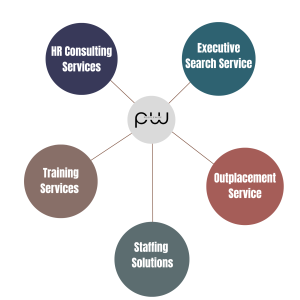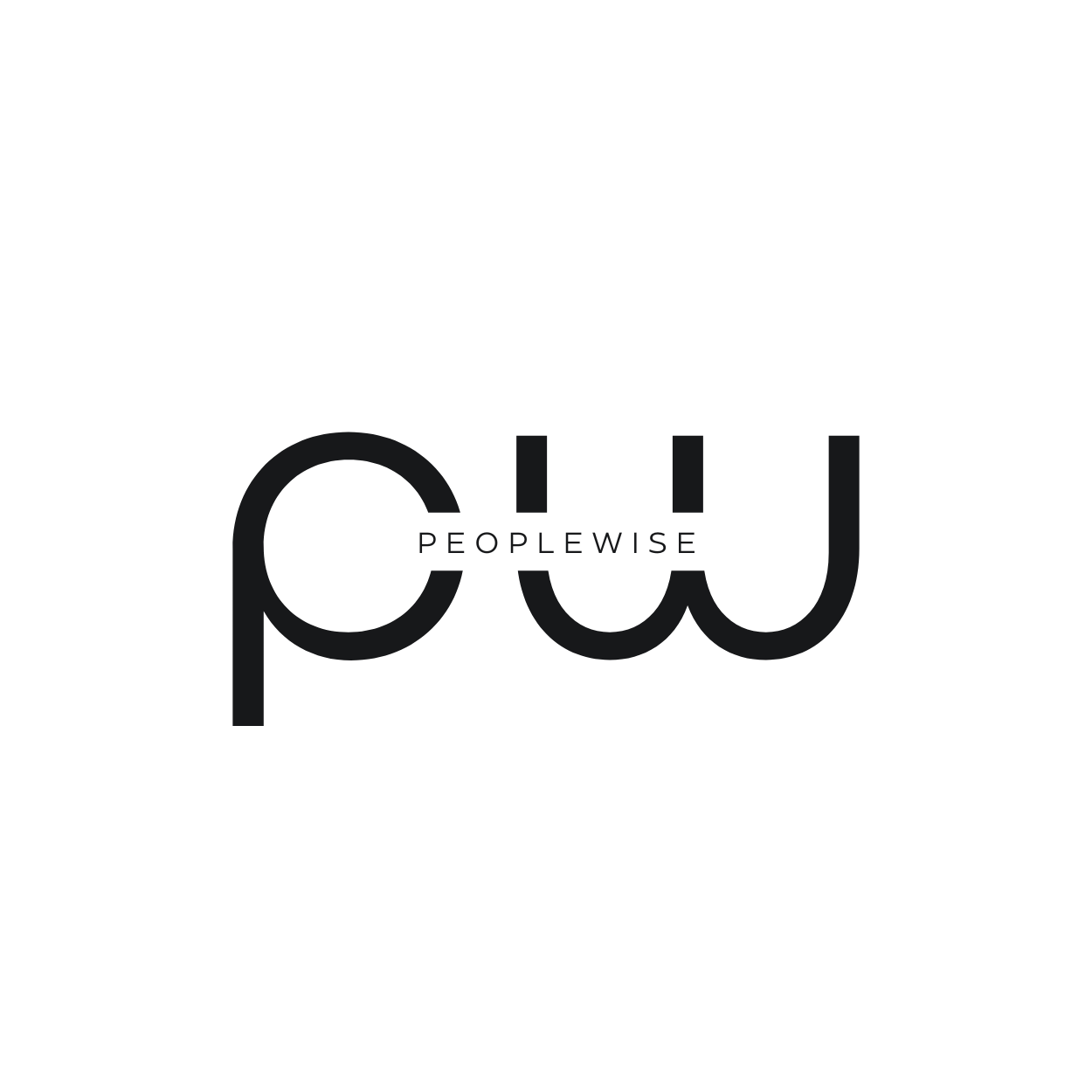As we step into mid 2023, the world continues to face unprecedented challenges that have greatly impacted businesses and the workforce. The COVID-19 pandemic has disrupted the way we work, forcing companies to quickly adapt to new operating methods and navigating a constantly evolving business landscape.
This has meant that HR and business leaders have been facing a multitude of challenges and uncertainties. From managing remote teams and hybrid workplaces to dealing with employee burnout and mental health concerns, HR professionals have been at the forefront of addressing the various issues brought about by the pandemic.
Moreover, HR leaders are also facing complex and competitive talent market, making it crucial for businesses to retain top talent, particularly as the skills gap widens and demand for skilled workers continues to increase. Human resource leaders have to consider solutions to retain talented individuals and recruit the right people with competitive benefits and optimized cost and workforce.
The question that needs to be addressed: “How can a business increase labor productivity, retain good employees, while maintaining an optimal budget?”
One solution that businesses may consider is outsourcing labor for a specific labor segment. However, the transition from direct labor to outsourcing requires a conversion roadmap to help ensure proper communication and link systems are transformed during the transition. The benefits for outsourced employees also need to be considered appropriately to maintain a sense of belonging and expected productivity. The transition process could be time-consuming and require effective change management.
At each stage of a business, there needs to be a suitable workforce and human resources structure designed to support the organization’s development and business goals. The HR objectives and prioritized agenda need to be planned in the short and long term, and aligned with business goals to ensure the optimal effectiveness of human resource costs.
We understand the challenges that human resource and business leaders face in the current context, including the pressures and tensions of facing an uncertain future and making difficult decisions for the development of each organization and its employees. That’s why we aim to provide customized solutions that are appropriate for the specific requirements of each business, ensuring the most cost-effectiveness in this context.
We recognize the important role of human resource leaders in shaping the future of the organization and supporting their employees. We are ready to support you in any way we can. Contact us today to learn more about us and how we can support your business and help you achieve your goals.


PeopleWise Vietnam was founded with the mission of making positive impact on our community by improving the quality of labor, addressing workforce dynamics, and enhancing its effectiveness. During the initial phase of business, PeopleWise provided human resources consulting services, that align with each organization’s values and vision, driving business success.

